With the continuous evolution of electric toothbrush technology, the choice of motor plays a crucial role in performance, efficiency, and user experience. This article provides an Electric Toothbrush Motor Performance Comparison, focusing on the two main types of motors used in electric toothbrushes: Magnetic Levitation Motors and Traditional Motors. By understanding their advantages and disadvantages, manufacturers can make informed decisions when selecting motors for their electric toothbrush products.
Magnetic levitation (maglev) motors utilize electromagnetic fields to suspend and drive the brush head without physical contact with moving parts. This technology minimizes friction, reduces noise, and improves energy efficiency. Powsmart’s electric toothbrushes are all using the magnetic levitation motors, which deliver a quieter, stronger and more stable cleaning performance.https://www.powsmart.com/product/electric-toothbrush/
Traditional motors, such as brushed and brushless DC motors, rely on mechanical components like gears and shafts to transfer power to the brush head. These motors have been used for decades and provide reliable performance but come with inherent mechanical limitations.
Deliver high-frequency and consistent vibrations, often reaching up to 40,000 strokes per minute.
Offer smoother motion, enhancing cleaning efficiency and reducing gum irritation.
Typically provide lower frequency vibrations, around 20,000-30,000 strokes per minute.
May produce inconsistent vibrations due to mechanical resistance, potentially affecting plaque removal efficiency.
Operate with minimal noise due to the absence of mechanical friction.
Provide a smoother and quieter brushing experience, improving user comfort.
Tend to be noisier due to mechanical movement.
Can generate vibrations that may feel harsh for users with sensitive teeth or gums.
Consume less power as they reduce mechanical energy loss.
Extend battery life, allowing users to go weeks without recharging.
Higher power consumption due to friction and mechanical inefficiencies.
Require more frequent charging, which can be less convenient for users.
Have fewer moving parts, reducing the risk of mechanical failure.
Require minimal maintenance, leading to a longer lifespan.
More susceptible to wear and tear over time due to friction-based operation.
May require regular maintenance and replacement of mechanical components.
Generally more expensive to manufacture due to advanced technology and material requirements.
Provide higher long-term value by reducing maintenance costs and improving user experience.
Lower initial cost, making them a budget-friendly choice for entry-level electric toothbrushes.
May result in higher maintenance and replacement costs over time.
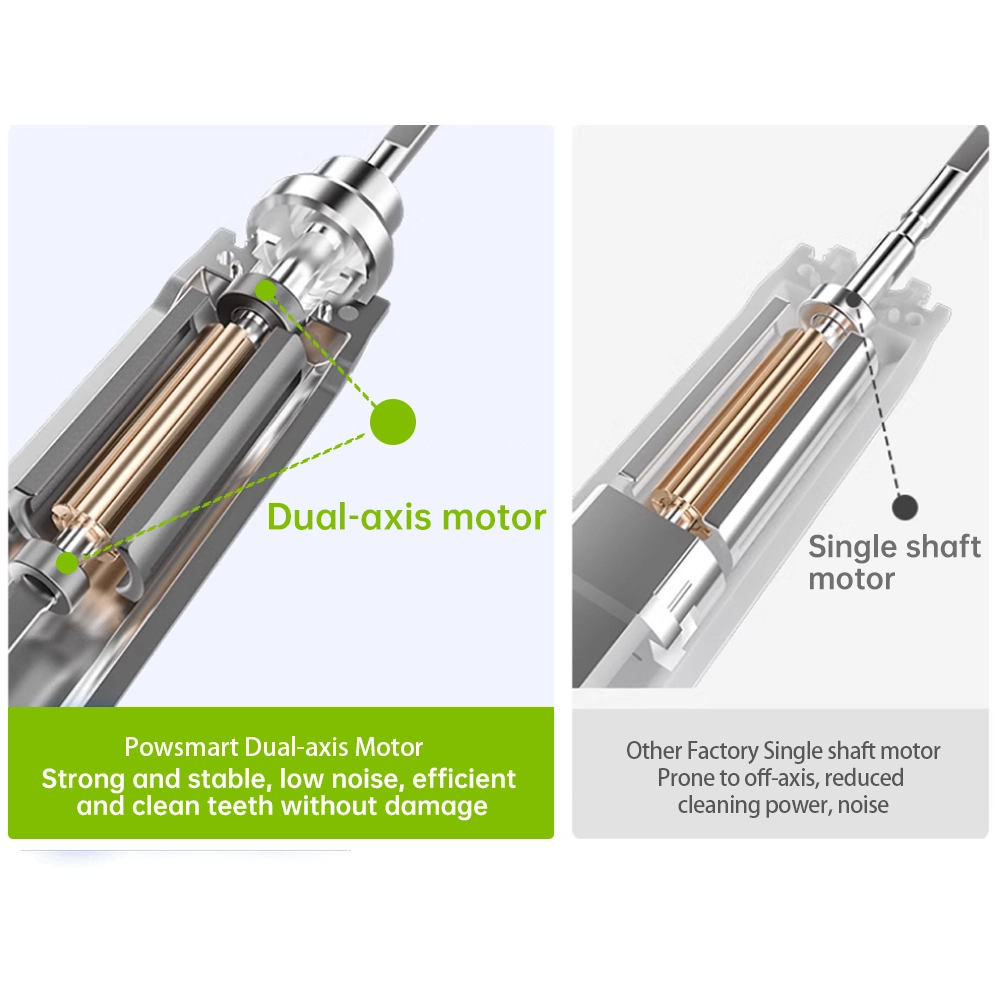
When considering Electric Toothbrush Motor Performance Comparison, Magnetic Levitation Motors clearly offer superior efficiency, noise reduction, energy savings, and durability compared to Traditional Motors. However, they come at a higher cost, which may influence manufacturers’ decisions depending on their target market. Traditional motors remain a viable option for budget-friendly electric toothbrush models. Ultimately, the choice of motor should align with brand positioning, user needs, and cost considerations.
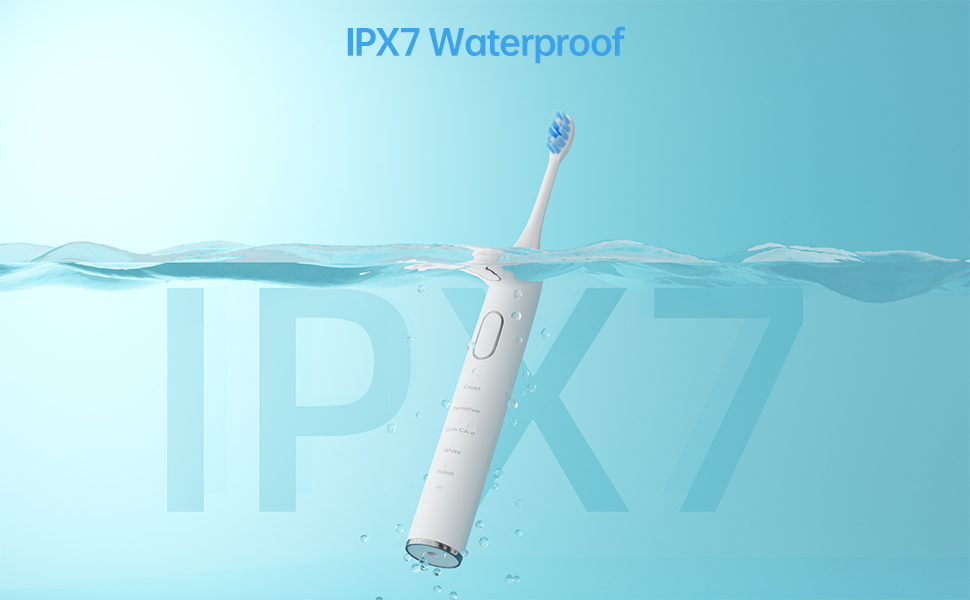
Why Choose Eco-Friendly Electric Toothbrushes in Austin?
Travel Size Electric Toothbrush Wholesale
Allergic Reactions and Taste Alteration – Whitening’s Hidden Cost?

Retiree Toothbrush Florida vs. Florida Whitening Brush — Which One Should You Make?

Are Electric Toothbrushes Harmful to Children? Analysis of the Three Major Hazards and Disadvantages
Hotel Amenity Electric Toothbrush Supplier | Premium Guest Oral Care
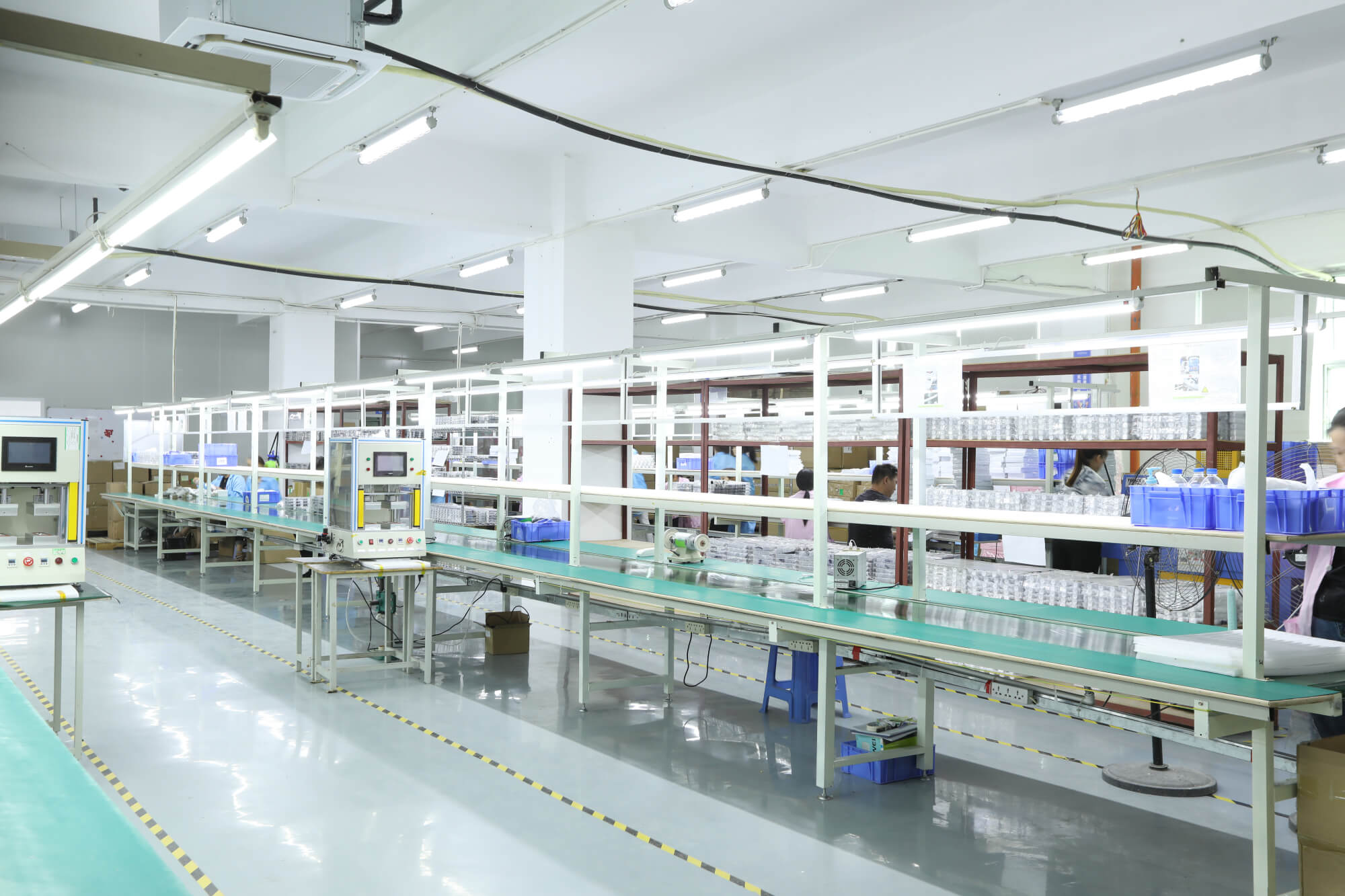
Cost Control & Market Competitiveness: Optimize Spend, Dominate Markets

Looking for an OEM Partnership Program that Guarantees Long-Term Toothbrush Supply?
Enamel Scratching from Gum Irritation – Reversible?
Dual Clean Head Electric Toothbrush Bulk Supply | High-Volume OEM Manufacturing

How to choose a qualified oral irrigator manufacturer?
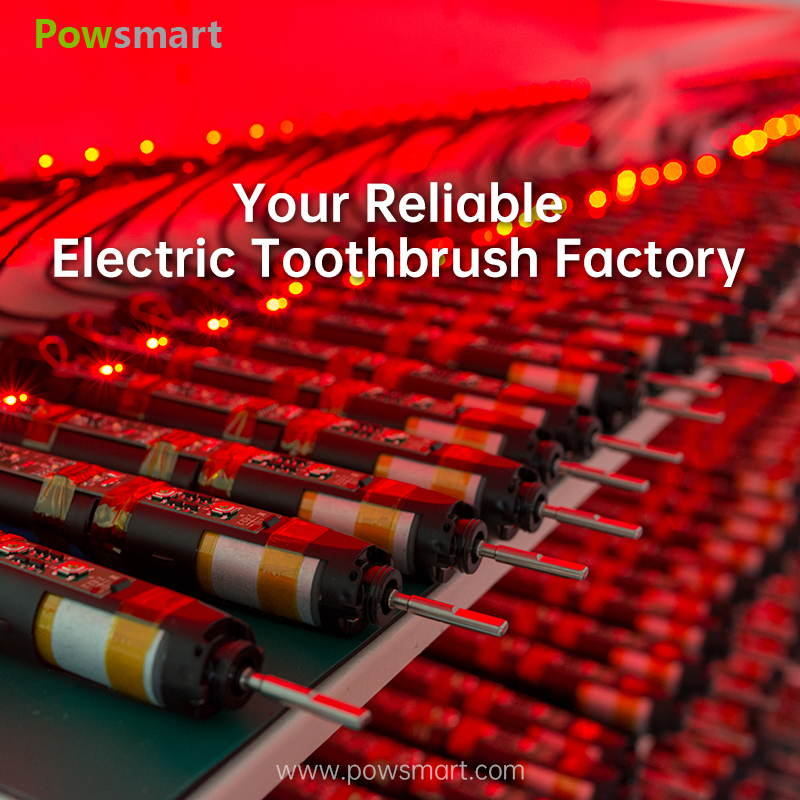
Seeking a Toothbrush Sustainable Supplier?
Do Noisy Water Flossers Pose Aspiration Risk?
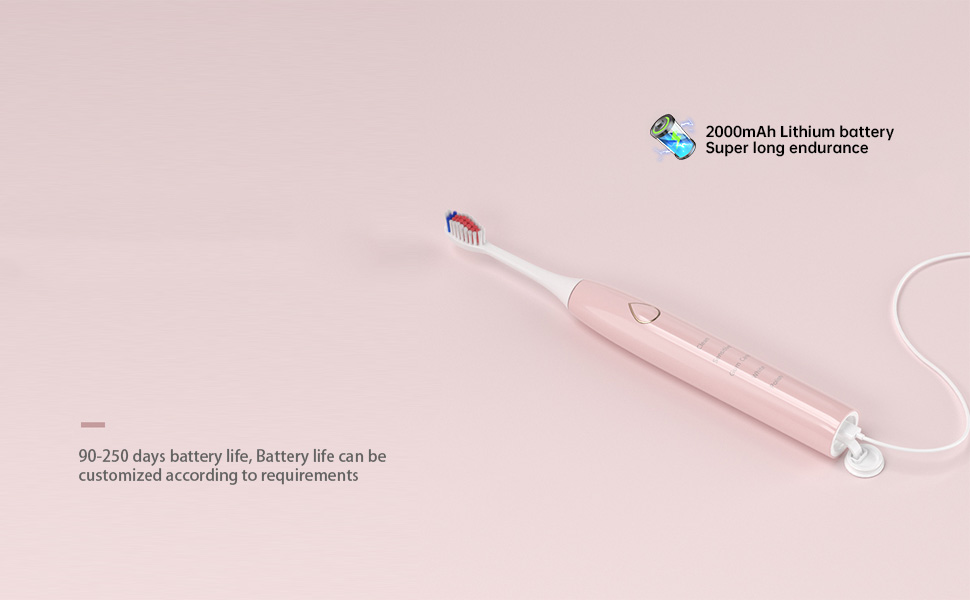
Development Guide for Long-Endurance Electric Toothbrushes: How Can Long Battery Life Become a Standard Feature in the High-End Market?
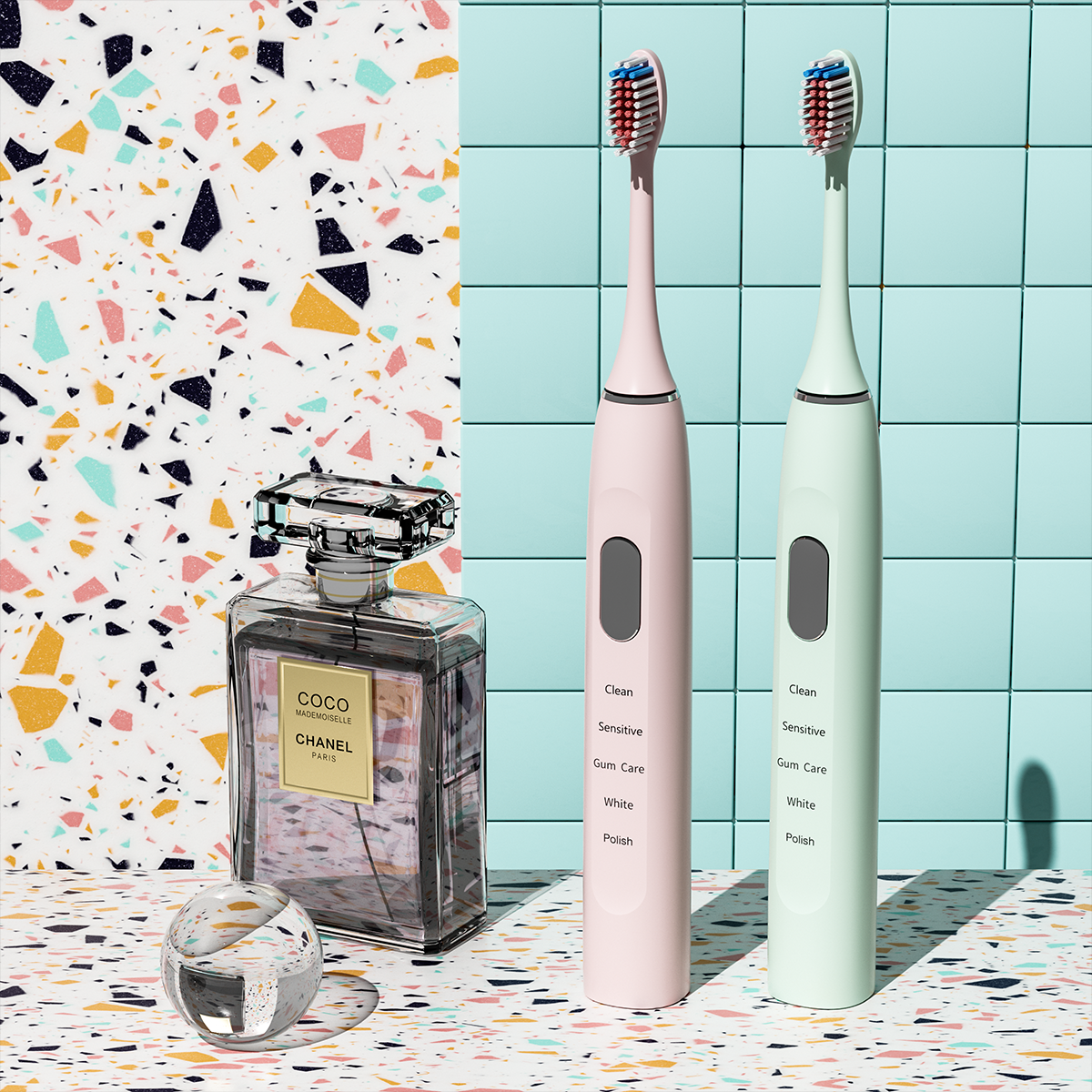
Kids Electric Toothbrush Bulk: Wholesale Options for Businesses
Sustainable Electric Toothbrush Wholesale

Customization Teeth Whitening Gel

Private Label Whitening Gel

Electric toothbrush heads Charcoal Infused-Diamond
.jpg)
Florida Electric Toothbrush – Powsmart PTR-C8

electric toothbrush heads Ultra Soft

electric toothbrush heads Charcoal Infuse-Round

electric toothbrush heads Deep Clean

electric toothbrush heads Regular Clean
whstapp
whstapp
National Toll-Free Service Hotline
+86 755 86238638